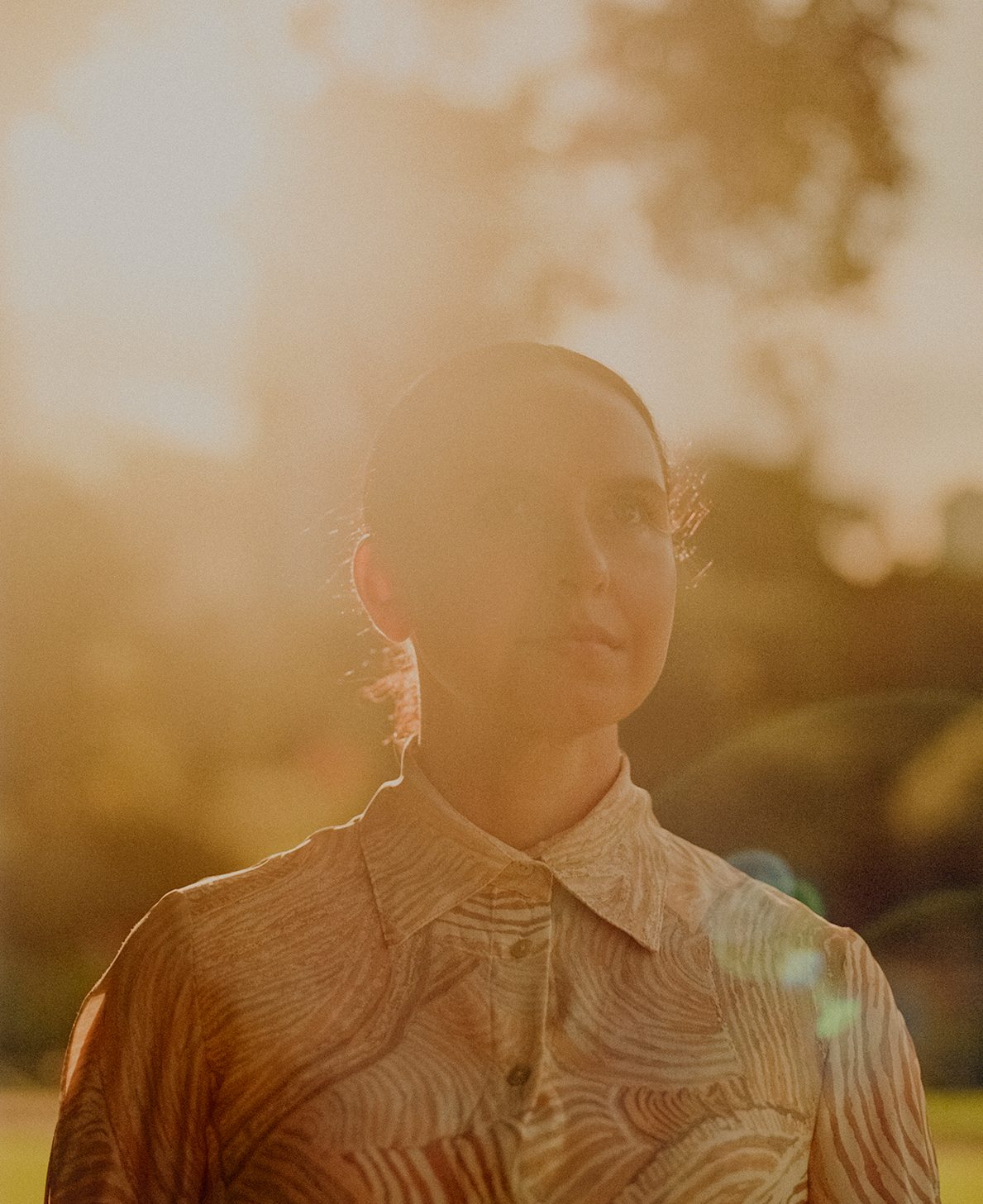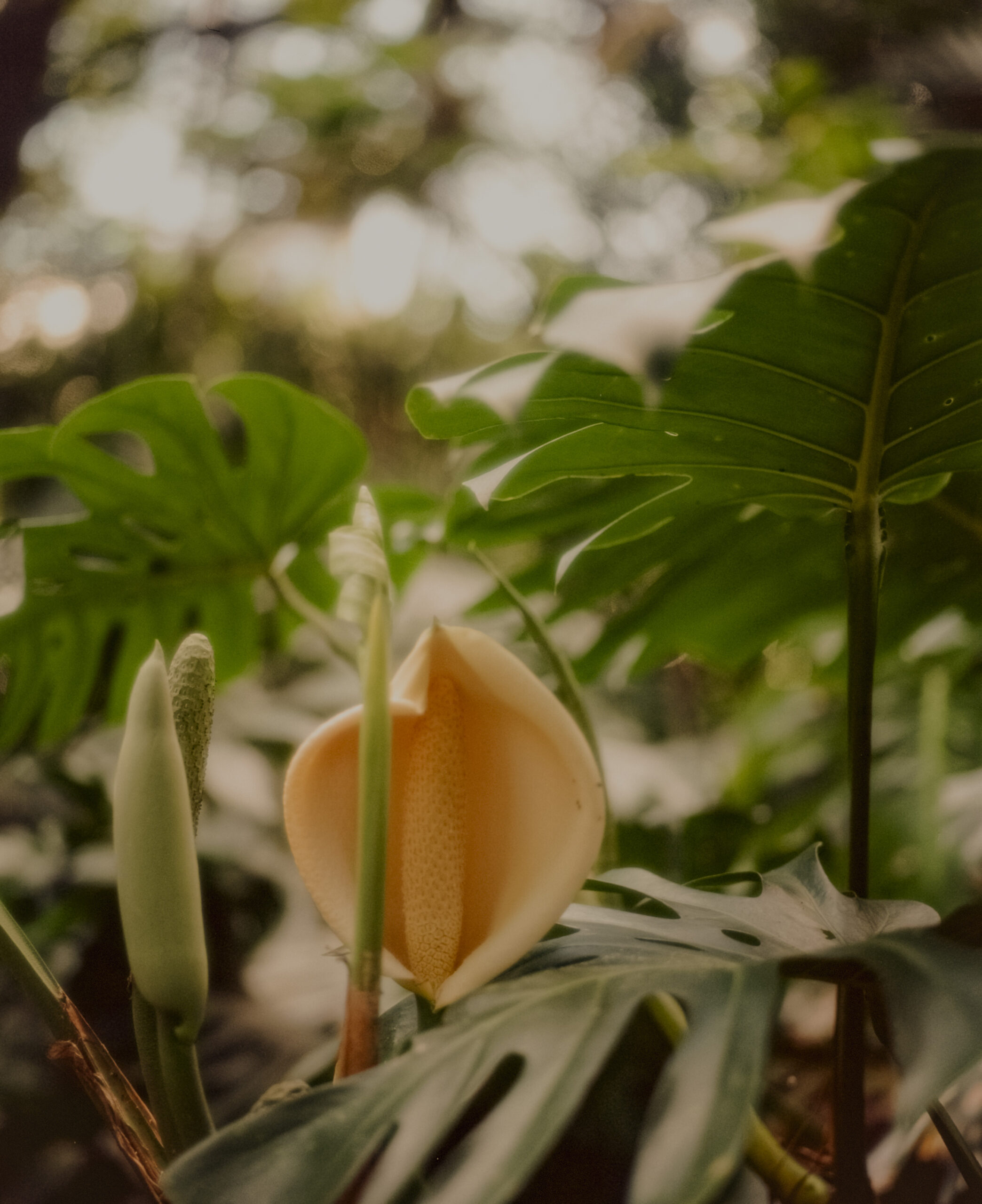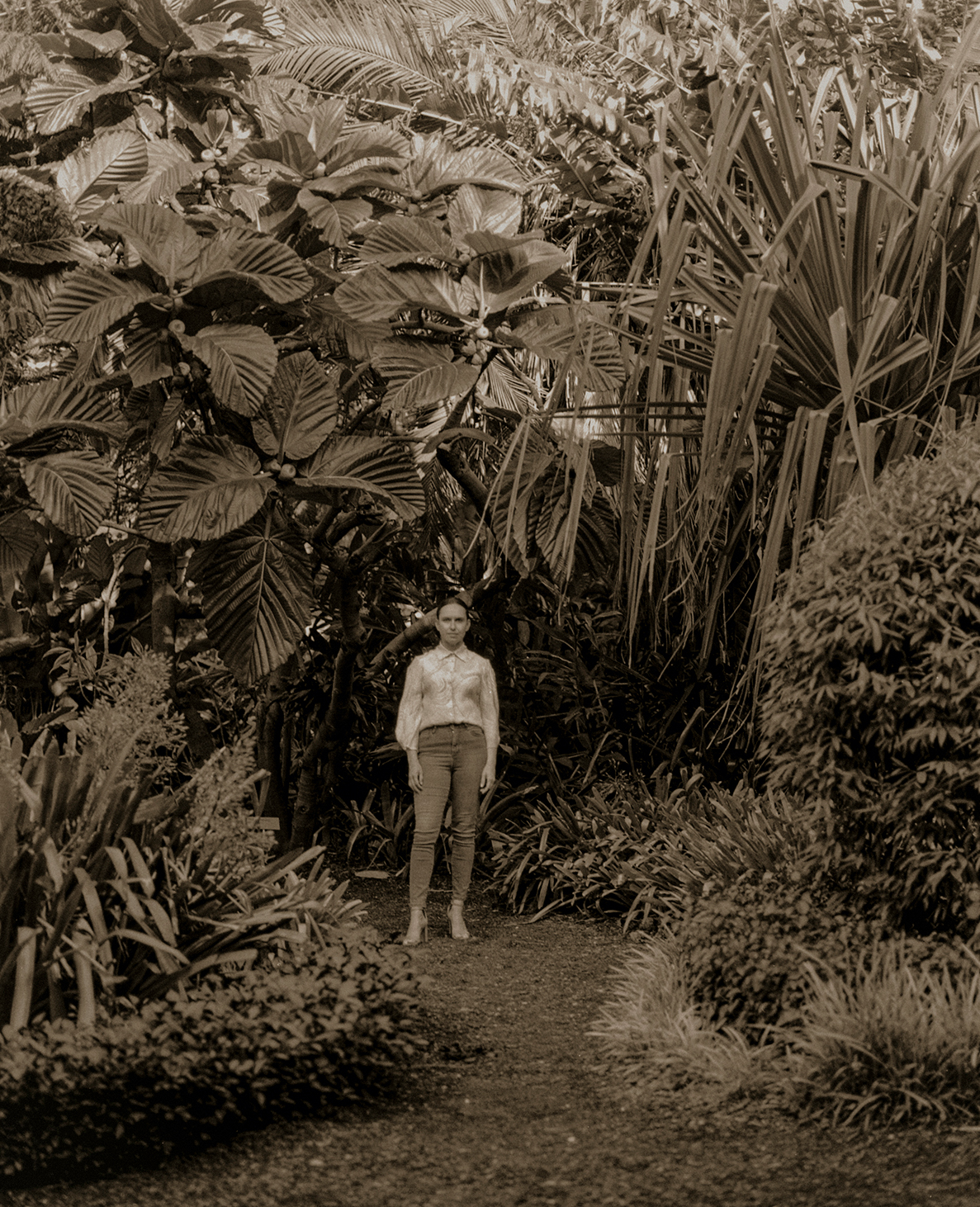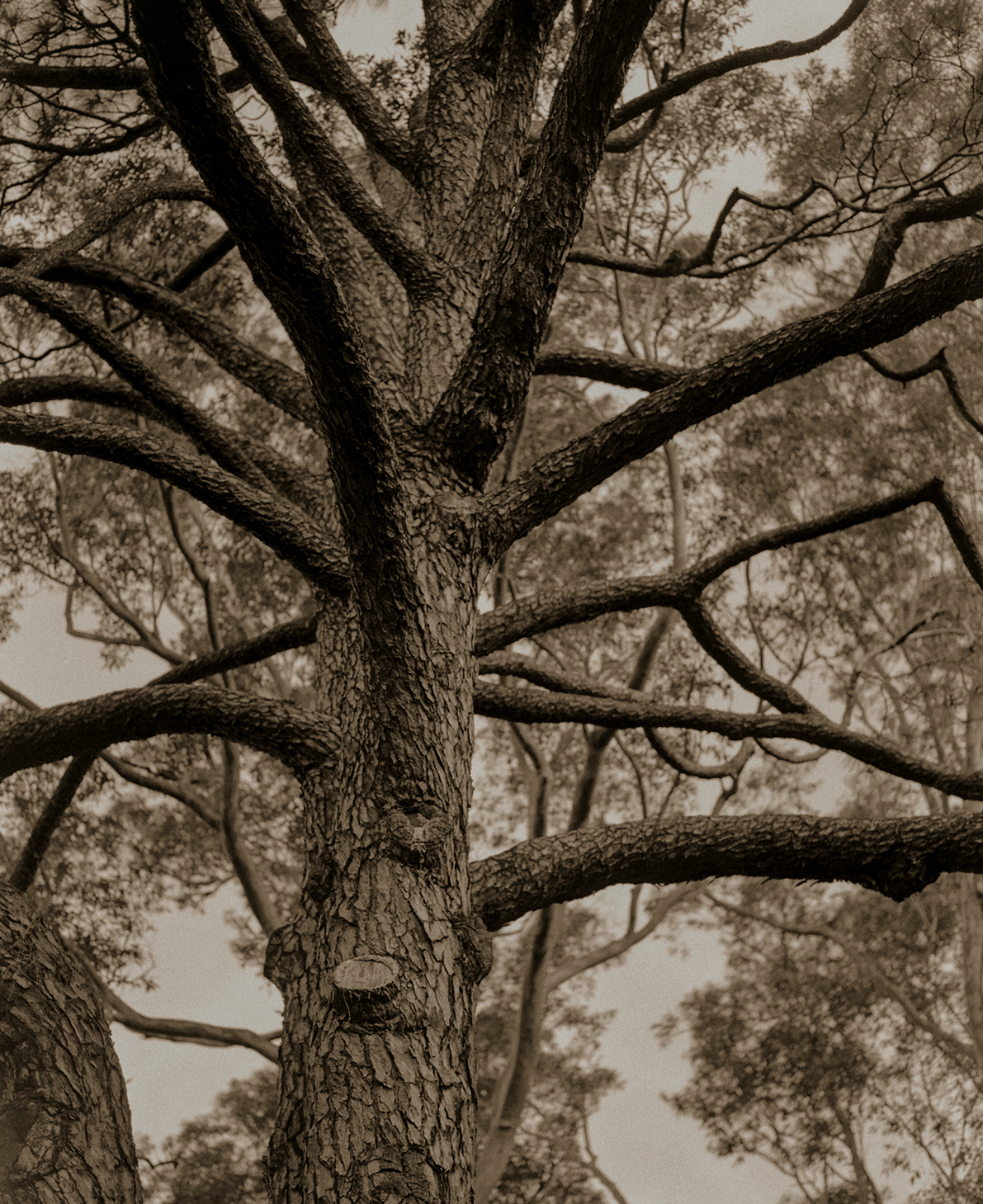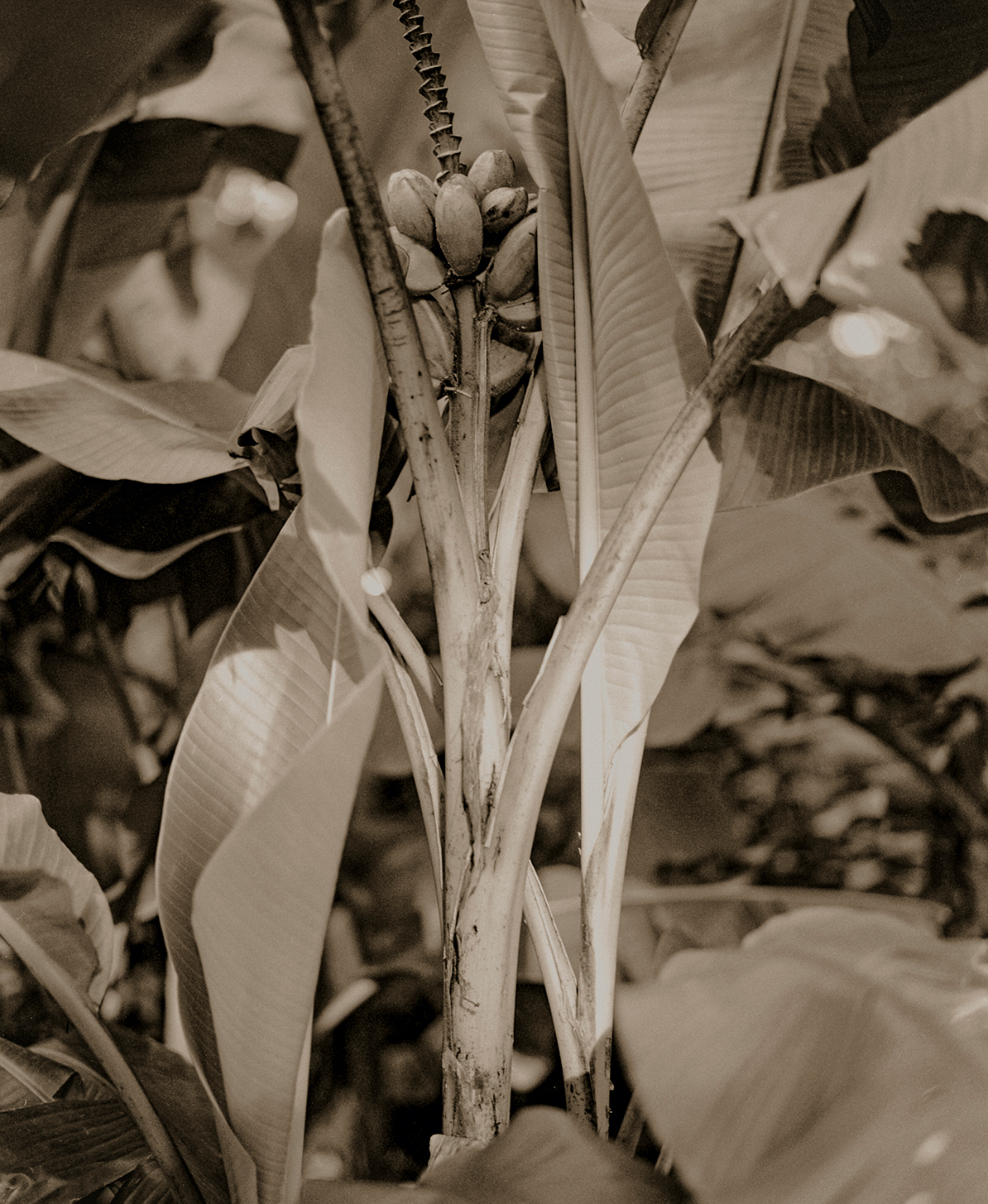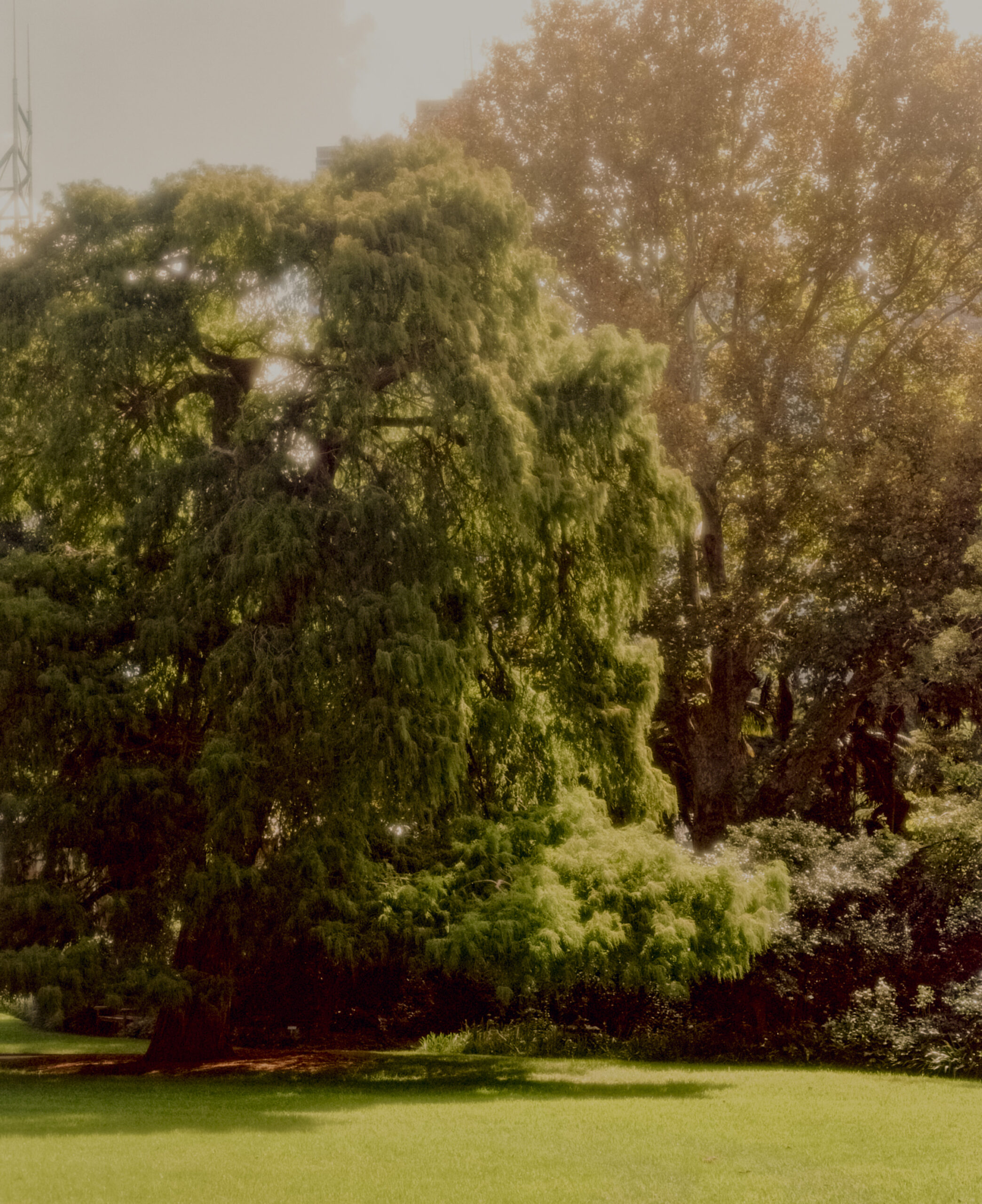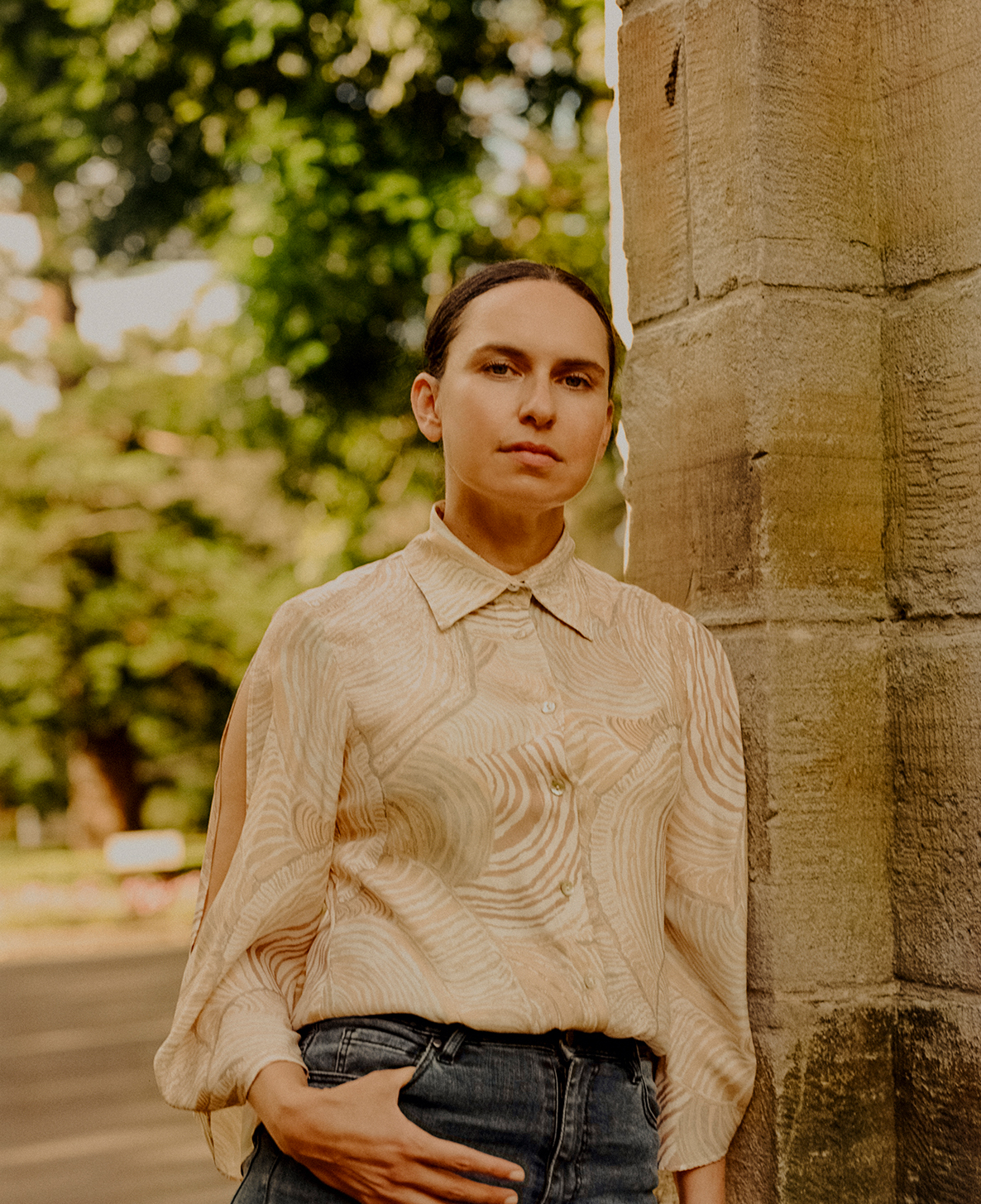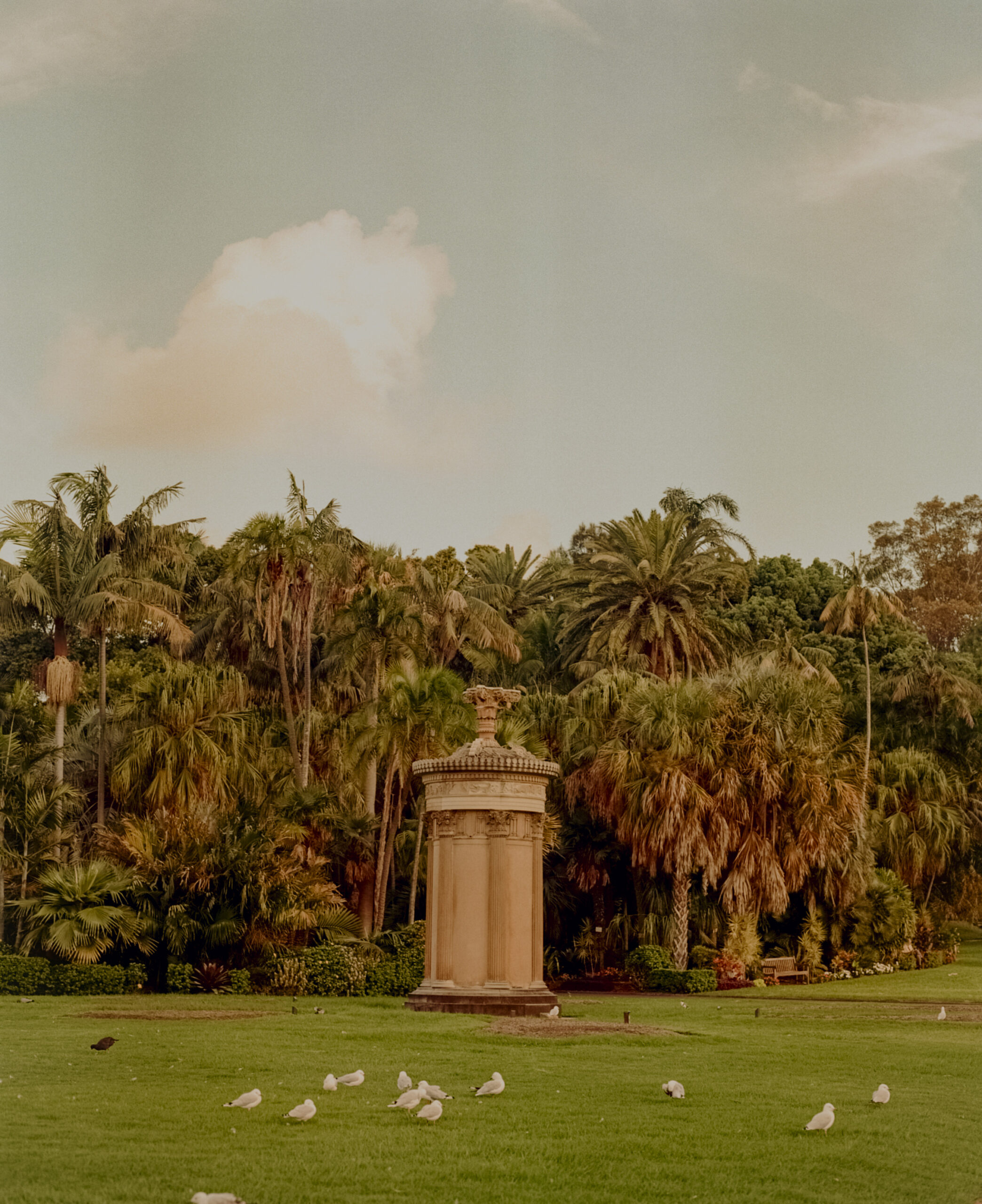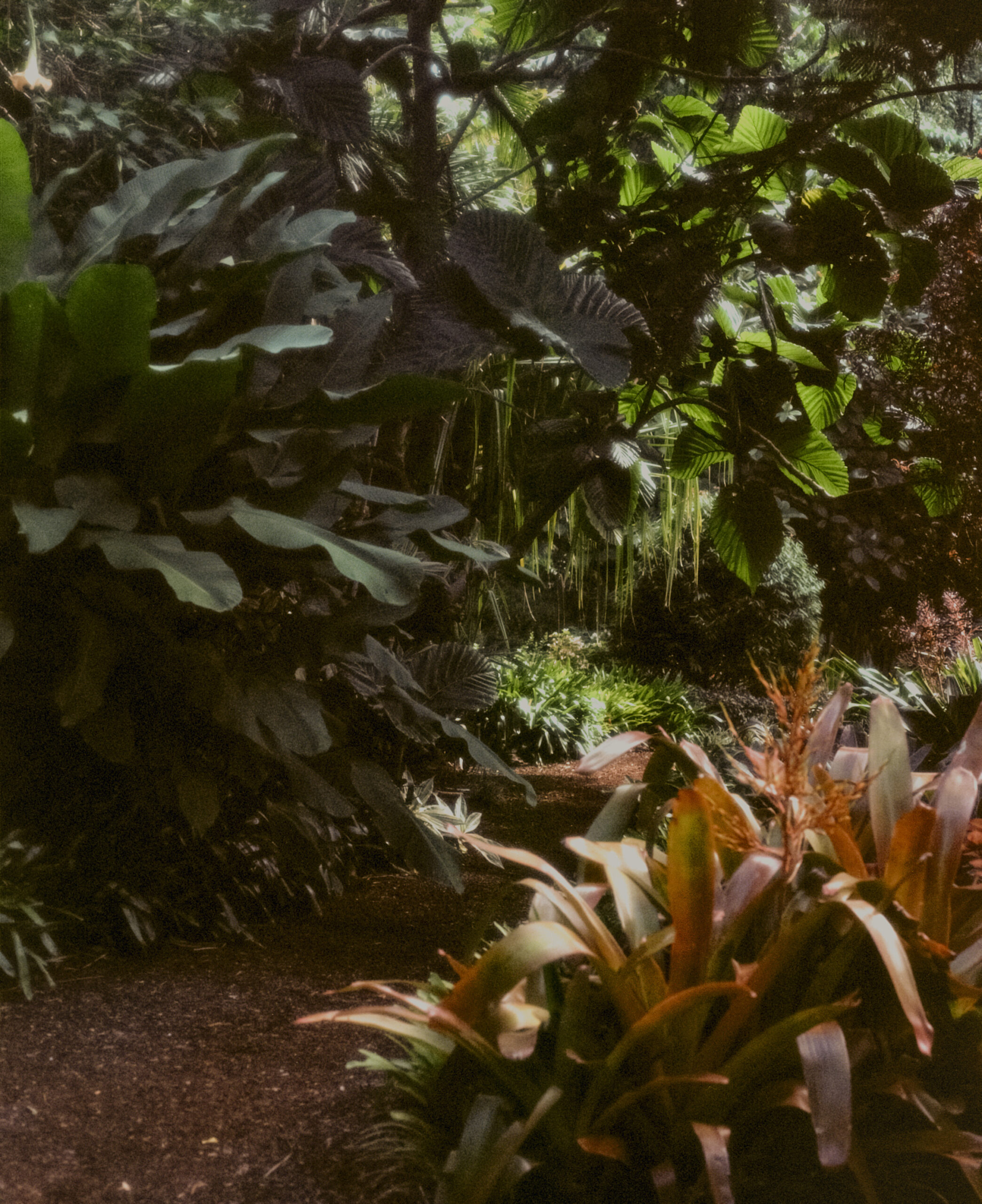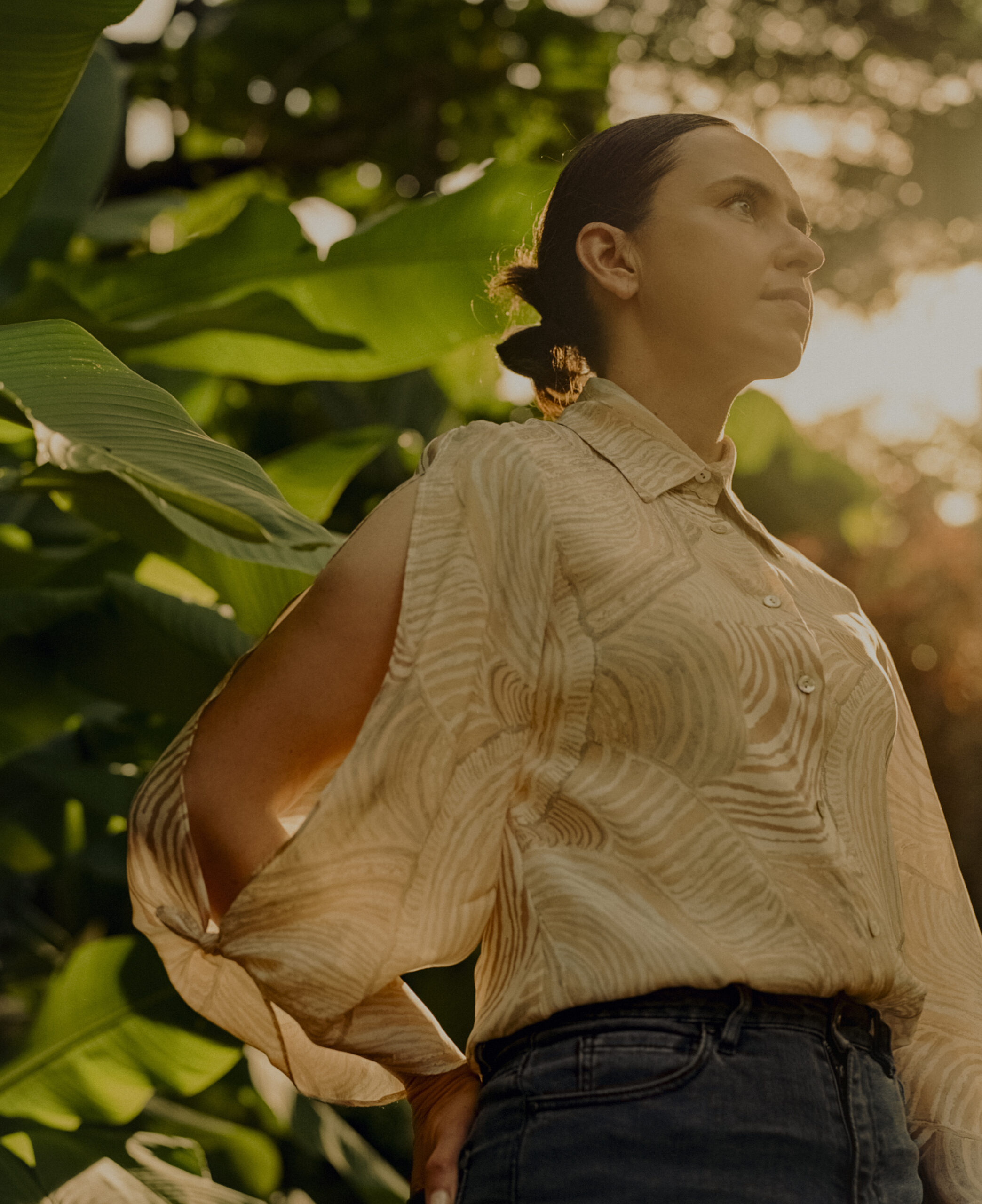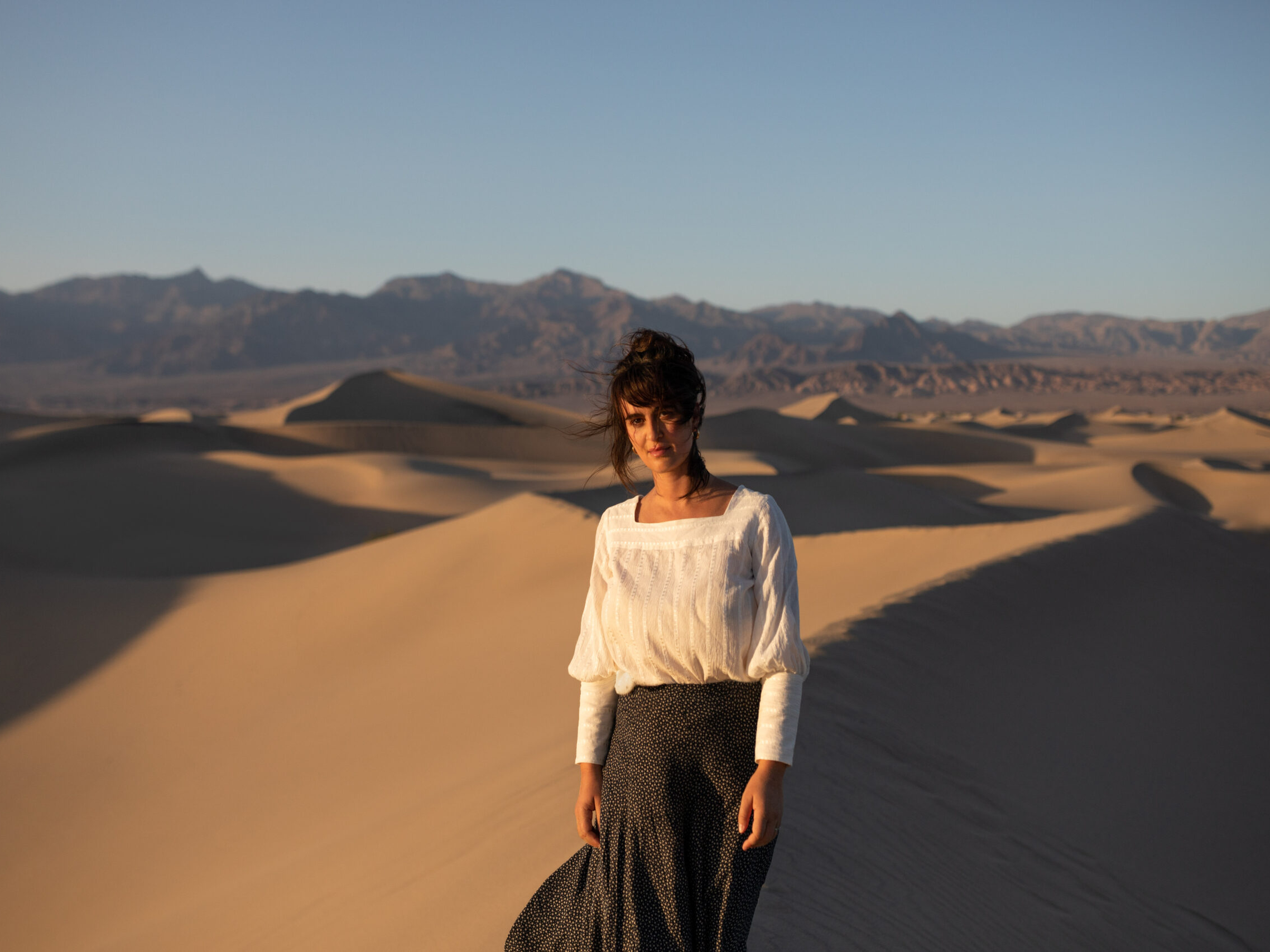At the First Nations Fashion and Design runway presentation during the 2021 Australian Fashion Week, Yatu Widders Hunt witnessed first-hand the monumental coming together of Australia’s Indigenous creative community, front and centre at the country’s biggest fashion event.
A seminal moment in Australian history, the show was a union of stories, voices, cultural expression and identity that represented the wealth of talent in the Indigenous fashion community, “not just in design,” Yatu distinguishes, “but with models, with stylists, with photographers, makeup artists, and musicians.”
She pauses. “That runway was like nothing I’d ever seen in my life. It had rap artists, it had live music, it had dance, it had political statements. It had so many things that you wouldn’t imagine would be on a traditional runway. To bring people together like that is the ultimate form of storytelling.”
"We are elevating and discussing First Nations fashion as a national community—not just as an Indigenous fashion community."
Yatu Widders Hunt
"We are elevating and discussing First Nations fashion as a national community—not just as an Indigenous fashion community."
Yatu Widders Hunt
At the 2014 Australian Indigenous Fashion Week Showcase — the first runway show Yatu ever attended — the same sense of reverence surged in her. She covered the event as a journalist and was moved by how much pride it brought to the community and the people involved.
“It created such a buzz,” she recalls. “There were so many brands interested in collaborating, so many people so curious to know who had created these things. People were so hungry to know who the designers were, what communities they lived in, what the artwork represented, what the music represented, why there was a didgeridoo player. These things sparked conversations and curiosity—all from creating a fashion performance.”
It was this experience through which Yatu felt the impact of collaboration and community in motion and more pointedly than ever before. She describes it as the catalyst for her decided interest in fashion storytelling — something that would follow her already well-established and innate calling to tell stories, bring people together, and incite social change.
Yatu was raised in a politically engaged household, where her father was on the inaugural Aboriginal and Torres Strait Islander Arts Board in Australia, and both her parents were heavily involved in land rights activism. She was a creative child who loved writing, read widely, and was interested in music and culture. From the beginning, she “knew that she wanted to have a career in social change”—a natural extension of the social values and awareness instilled in her from her early years.
“Growing up I was going to protests and being politically active, thinking ‘how can communications change a nation.’ That was what challenged and excited me. I thought going into public relations or communications would be how I would want to contribute,” she tells. “I was thinking to myself, how do you actually change the way people vote, think, feel, and connect to each other.”
“Growing up I was going to protests and being politically active, thinking ‘how can communications change a nation.’"
Yatu Widders Hunt
“Growing up I was going to protests and being politically active, thinking ‘how can communications change a nation.’"
Yatu Widders Hunt
True to her early aspirations, Yatu studied a Bachelor of Arts in Communications, specialising in social inquiry. “It was focused on creating social change through storytelling, and PR, and understanding political comms, and comms in NGOs. That always really fascinated me.”
At the time of her graduation, there were no Indigenous agencies around, no direct pathways to where she finds herself now — at the helm of a dedicated Indigenous social change agency — so she went to Canberra for nearly eight years to work in government communications.
“I never really wanted to work on the consumer side [of communications], and this wasn’t consumer, it was talking about policies and ideas and nation-changing programs, and things that I felt like I could contribute to.”
During one of her initial years in government, Yatu worked in the office of Penny Wong, who was the Minister for Climate Change at the time. “Even though I was very junior—making folders and getting coffees, just to watch and be around that, gave me an insight into what’s possible,” she reflects.
“I have always keenly observed and mentally catalogued what people wear...To this day, this process of observation is central to my creative process."
Yatu Widders Hunt
"I’m so happy to do the work that I do. Whether it be through fashion, or my day job, bringing a more Aboriginal way of doing things into business, into boardrooms, into government can drive good outcomes."
Yatu Widders Hunt
Yatu credits her time in Canberra with being an education in policy and program delivery—essential foundations for the work she does today. It also gave her “an insight into how the machine works, how a country works, how policies are made, and how laws are changed. All of that was really beneficial in understanding how to communicate to different audiences,” she says.
During this time, her work traversed a suite of critical portfolios, including mental health, sustainability, and immigration. But it was under the guidance of Robyn Kruk, CEO of the National Mental Health Commission, that she recalls with significance.
Under Robyn’s leadership, Yatu was directly involved in the release of Australia’s very first report card on mental health and suicide prevention, through which their team positioned mental health as an issue that was “interlinked to every domain of a person’s life. Rather than being siloed out away from employment, economic independence, work, business, family contributions, physical health, we positioned it as a far more holistic thing,” Yatu explains.
“I think for a long time, I probably wanted to get out of government because I found it a little bit uncreative and a bit bureaucratic, but Robyn was probably the first leader I had worked for in that environment that was bold, and valued creative thinking, and agitated for change inside the system.” Robyn’s leadership, Yatu cites, reassured her that there “was hope, and there were good people who were open to different ways of thinking.”
In her current role, Yatu works as the General Manager of Cox Inall Ridgeway, a social change agency committed to disrupting disadvantage in Indigenous communities. In this position, she draws on her years in government and journalism (an attendant pursuit throughout her career), to lead policy and research projects, communication strategies and advisory. Yatu’s work, and that of Cox Inall Ridgeway, is grounded in partnership and co-design and is tied to community—much the same as her approach to fashion storytelling.
“As an Indigenous agency, rather than take a traditional approach, we aim, as much as we can, to work in a partnership model with communities who have lived experience of issues. Our role is to facilitate and co-create what works for everyone.”
For Yatu, working to a collaborative and co-design model is an innate way of doing and being—an opportunity to structure policy-making, thinking, and creativity in a similar way to how issues are experienced in real life, by real people. It “results in better communication outcomes” that are “more aligned with cultural values as Aboriginal and Torres Strait Islander peoples,” she says.
As the world moves forward, this way of thinking and working is rightly garnering more attention. “There’s been a lot more curiosity and interest in Aboriginal and Torres Strait Islander ways of doing things, Yatu says. “We need only look at climate change as an example.” Even in fashion discourse, she notes a heightened interest in, and much more respect for a different way of doing things. “There is more interest from various sectors around our visibility and our pride in what Australian fashion looks like,” she says. “It’s something that I’m particularly excited about. We are elevating and discussing First Nations fashion as a national community—not just as an Indigenous fashion community.”
It is important to distinguish then, the impact that Yatu’s self-founded digital platform Australian Indigenous Fashion has had, not only in raising the profile of Australian Indigenous fashion within the national fashion industry itself, but in bringing it to the fore of the Australian creative industries to position it with the same cultural weight as other commodities, like art.
Founded in 2017, Yatu began the Australian Indigenous Fashion account as a dedicated space to foreground Aboriginal and Torres Strait Islander fashion talent—designers, artists, makers, and creative leaders—in a way that was representative of their thriving and multifarious collective identity.
“People would ask me ‘what does Indigenous fashion mean or look like?’ So I thought, I’ll just put it on a page and send people to this Instagram,” Yatu explains. “I hope that in a small way it has influenced some of the coverage and engagement that we’re seeing in big media networks.”
“The answers live in community...where everybody can bring their different values and perspectives together.”
Yatu Widders Hunt
“The answers live in community...where everybody can bring their different values and perspectives together.”
Yatu Widders Hunt
It is no coincidence that Aboriginal and Torres Strait Islander designers are being more commonly referenced, worn, and published. People like Yatu have been working their whole careers to bring more visibility to their communities.
In her years as a freelance journalist, Yatu covered a great number of stories about First Nations fashion. At the time, features about Australian Indigenous fashion were “nowhere to be seen in any Australian publication,” she remembers. “I was at NITV, the Indigenous TV network, and the year that I was there, there was an Aboriginal designer who showed at New York for the first time ever. The first Aboriginal designer. And it wasn’t published anywhere. I used to say to people all the time, ‘do you even know what’s happening? It’s huge.’ People would say, ‘oh, is that even an industry? What is Indigenous fashion?’ I felt like there was a huge disconnect between what was happening and what we were celebrating as a fashion community. From that point, I really amped up my involvement and interest.”
Things now, she says, “are different.” Media and magazines are doing better. “I’ve been incredibly excited to see publications like Vogue put Aboriginal and Torres Strait Islander models on the cover, and magazines like Marie Claire support the Uluru Statement so openly and publicly. I hope we’ve influenced part of a movement that has led to this place where we are now more publicly celebrating the work of First Nations designers.”
As the contemporary identity of Australian Indigenous fashion and design continues to evolve, with it, new questions emerge about what it means to be a First Nations fashion practitioner in the world today. “What I would love to see, is to have Indigenous communities and designers work with non-Indigenous designers on a pathway of their point of view,” Yatu proposes.
Examining how current design models might be reverse-engineered to foster true partnership, Yatu imagines an approach where collaborative design thinking begins by exploring the ways that Indigenous communities and designers create their collections. “What is factored into their thinking at the beginning, who’s involved, what are the cultural protocols that need to be observed, and who gets to showcase it and talk about it?” she asks. “We need to ask what that model looks like.” Yatu also notes that “the markers of success probably mean different things for different communities and different people. We are an incredibly diverse community.”
Left: A pathway surrounded by verdant plants and trees at Sydney’s Royal Botanic Garden. Right: Yatu Widders Hunt standing with her hand on her hip near a green leafy plant.
Importantly, for Yatu, and so many others—individuals both in and outside the industry—Australian Indigenous fashion acts as a passage to understanding and connecting to Aboriginality. It always has. “To me, and to a lot of Indigenous designers, it’s a form of cultural storytelling,” she says. It “continues a storytelling tradition that has never been broken…in forms that are new and fun and accessible to the rest of Australia. I think that’s why so many people connect with fashion and enjoy it. It’s never just about the cut, or the print, or the way it looks, it’s also about what it means and what stories you’re carrying with you when you’re wearing it.”
Yatu was photographed by Natasha Killeen on the Gadigal land of the Eora Nation, and was interviewed and profiled by Magdalene Shapter.


